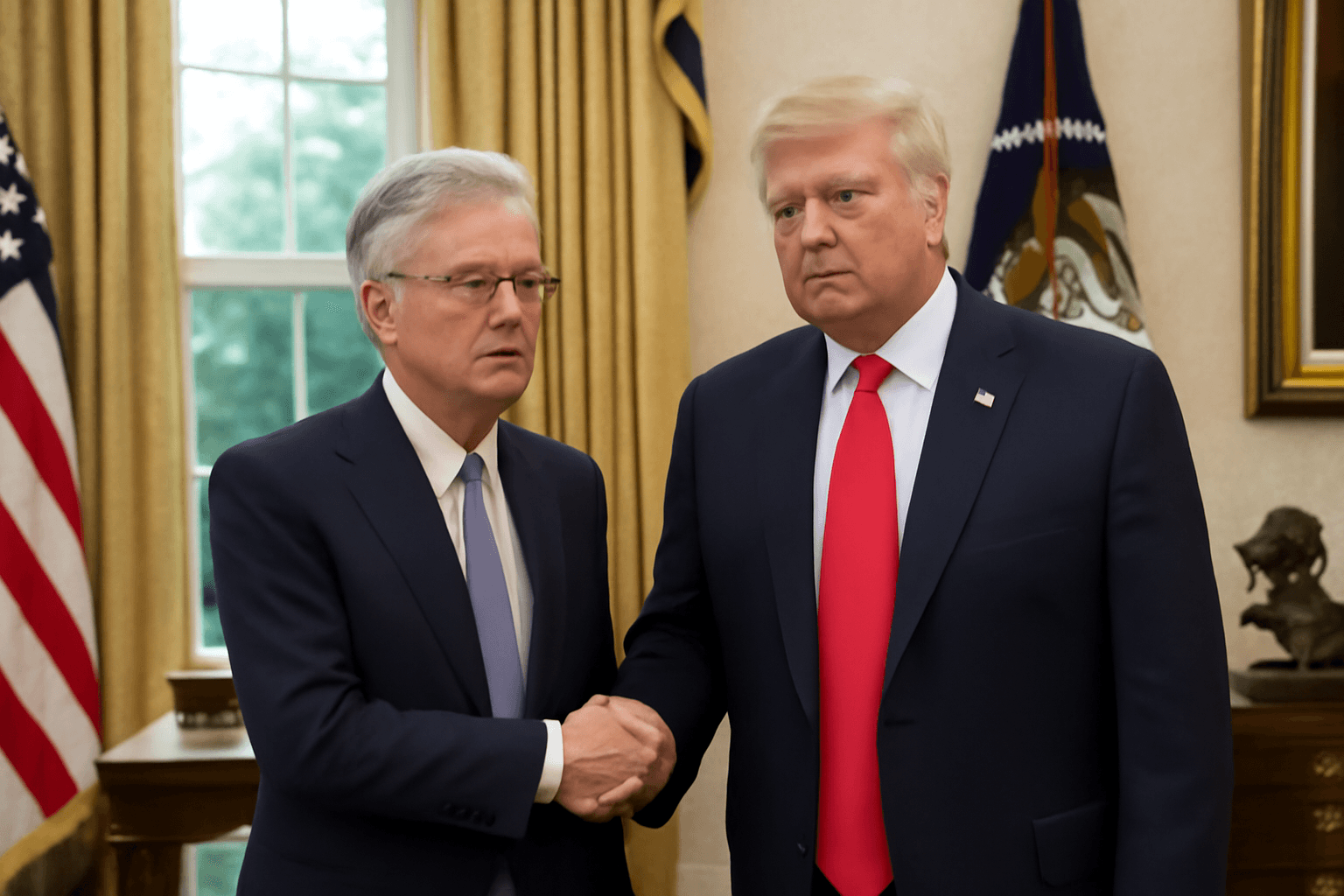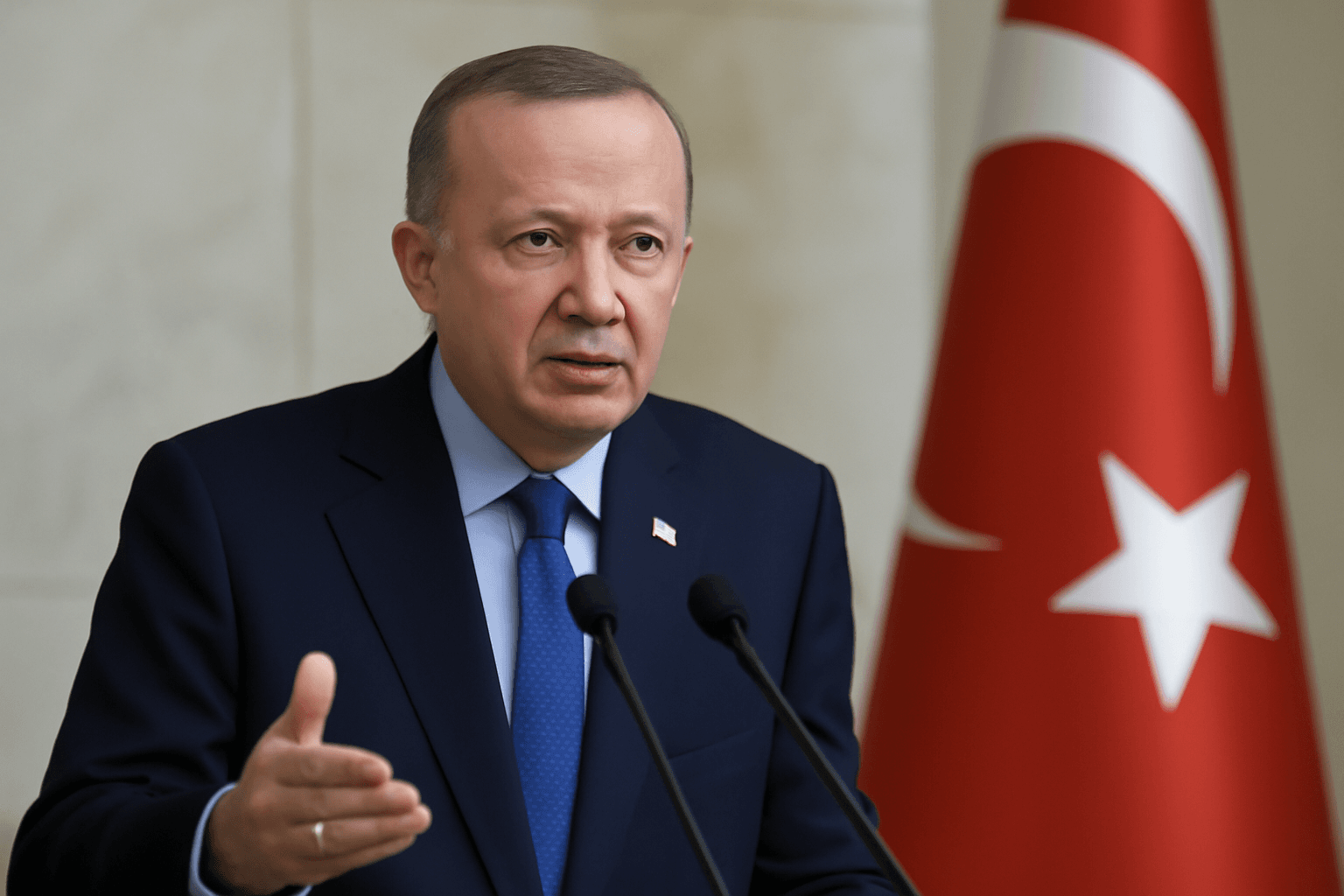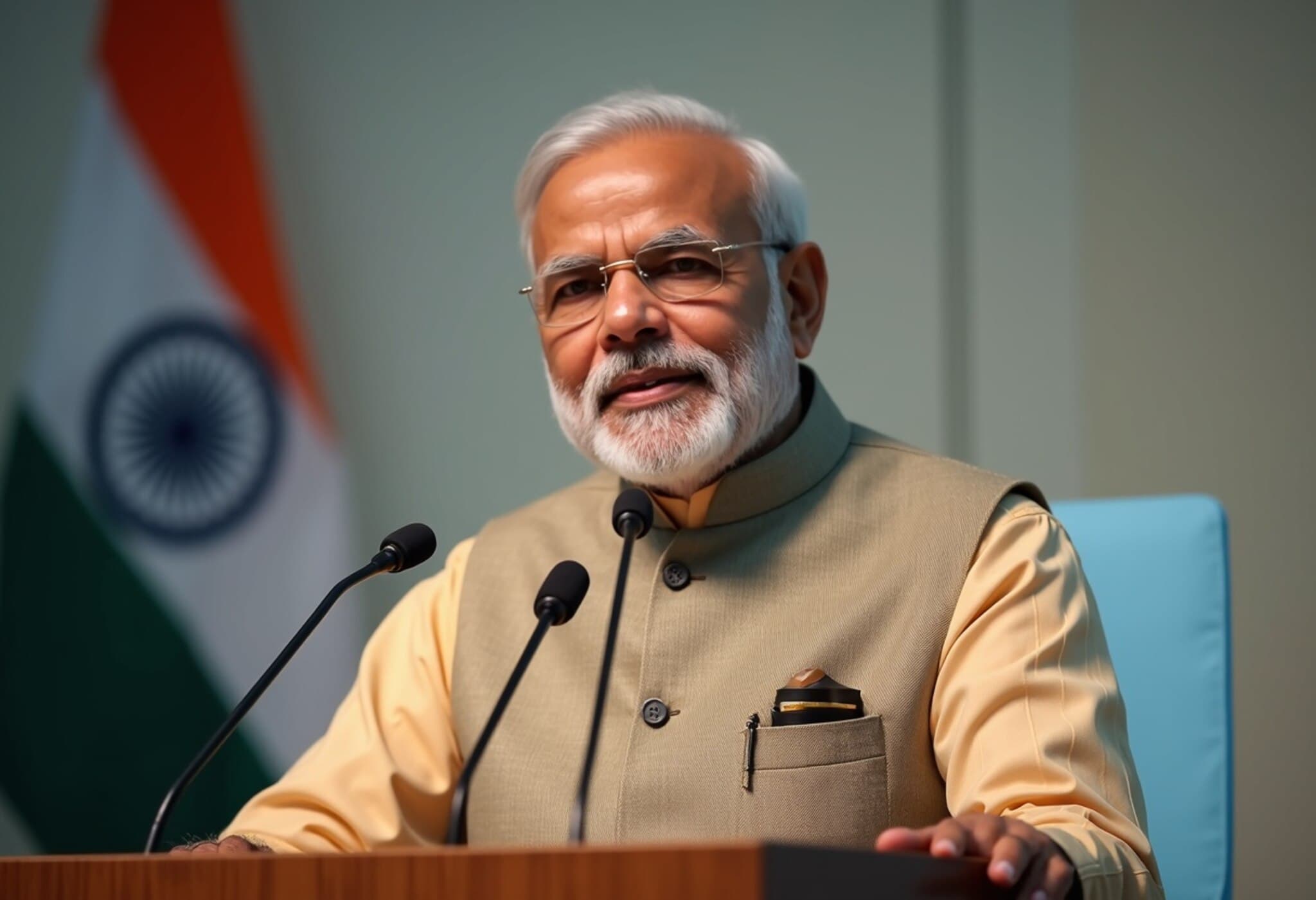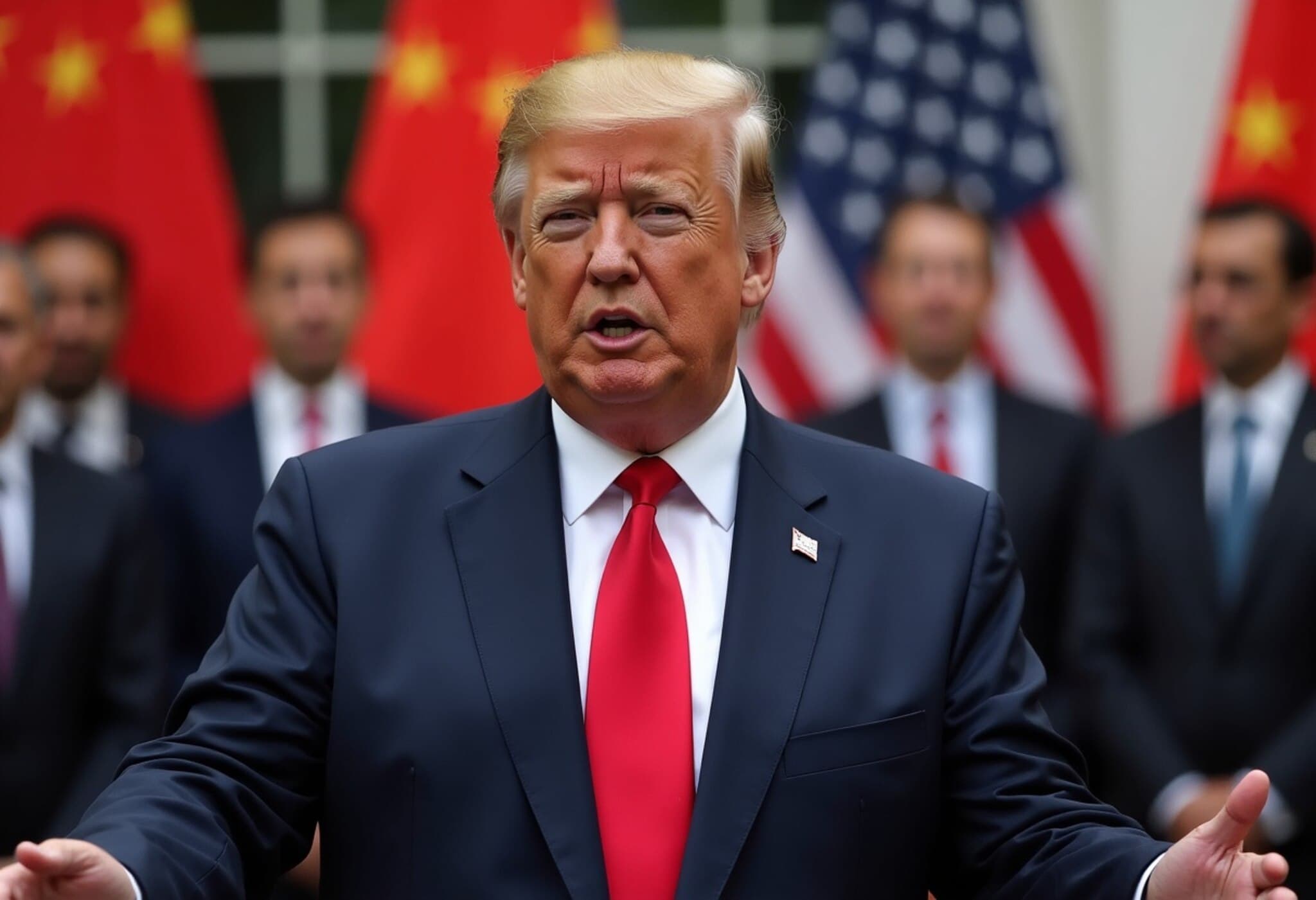Pakistan's 2025-26 Budget Introduces New Taxes Amid Military Spending Hike
Pakistan’s recently unveiled budget for the fiscal year 2025-26 has presented a mixed bag for citizens. While the military receives a significant boost in funding with a 20% increase, the general public faces a series of fresh taxes, hikes to existing levies, and the rollback of various tax exemptions.
Fiscal Austerity Drives Budget Decisions
Despite some tax relief measures, the budget predominantly aims to meet the stringent conditions of an International Monetary Fund (IMF) bailout program. Overall government expenditure is forecasted to decline by 7% compared to the previous year, reflecting deep fiscal tightening.
New Tax Burdens on Petrol, Pensions, and Investments
The finance minister has introduced a 2.5% carbon tax per liter on petrol, diesel, and furnace oil, a move likely to increase transportation and energy costs for consumers. Additionally, the tax on interest income has been raised from 15% to 20%, potentially discouraging savings and investments.
Pensioners under 70 years earning pensions above Rs 10 million annually will now be subject to a 5% tax on their pension income. This change narrows the previous exemptions and increases the taxable population.
Also notable is the hike in advance tax on cash withdrawals from 0.6% to 1% for taxpayers who do not file income tax returns, aiming to widen the tax net.
The budget has placed an 18% import duty on solar panels, which could affect the renewable energy sector.
Phasing Out Tribal Tax Exemptions
One of the significant budgetary shifts includes the gradual removal of longstanding tax exemptions for tribal regions in western Pakistan, mainly parts of Khyber Pakhtunkhwa and Balochistan. This move aligns these areas with national tax policies, potentially increasing local revenues but also raising concerns over economic impacts on these communities.
Targeting Economic Growth While Upholding Military Priorities
Prime Minister Shehbaz Sharif underscored the government's ambitious goals, emphasizing the need for Pakistan to economically outpace its neighbor India, despite the latter’s economy being ten times larger.
He remarked, "After defending ourselves militarily, we now aim to surpass India in economic strength." This comment follows recent conflict claims and a substantial military budget increase.
Finance Minister Muhammad Aurangzeb described the budget as a fundamental step toward reengineering the economy’s structure, focusing on boosting exports, increasing foreign currency reserves, and preventing recurring balance-of-payment crises.
Balancing Relief with Restriction
While the budget extends some tax breaks for the salaried class and incentives within the construction sector, these benefits cover just over 20% of the population. Contrastingly, increased taxation impacts a far broader segment of citizens.
What Lies Ahead for Pakistan’s Economy
This budget represents a difficult yet necessary path toward stabilizing Pakistan's economy by focusing on fiscal discipline and revenue broadening. However, the increased tax burden on everyday items like fuel, alongside restrictions on pensions and savings, may weigh heavily on public sentiment and economic activity.
As Pakistan navigates these challenging economic reforms, the government’s balancing act between defense priorities and public welfare remains under close scrutiny.



















